AUTHENTICITY & PERCEPTION
IN THE AGE OF AI
As AI becomes embedded in every consumer touchpoint from campaign deployment to customer experience, brands are walking a fine line between embracing rapid change and protecting hard‑earned brand equity. Even as AI adoption surges globally, consumer trust remains uneven. This report explores where perceptions align, where they diverge, and what it means for brand leaders today.
66% of people use AI regularly, embracing it for everything from writing emails to planning vacations…
…yet only 46% globally trust AI systems: a gap that challenges how brands connect with their audiences.
Global trust in AI varies widely by region.
In some parts of the world, AI is embraced as a reliable tool. In others, skepticism runs deep. Understanding where your customers stand is critical to how you communicate and deploy AI.

Despite trust gaps, brands are betting big on AI.

Advertising
Experience
Content
Development
Personalization
The biggest investments?
Marketing & advertising, customer experience, and creative & content — the parts of the business that most directly shape how customers see and interact with the brand.
These are also the areas where customers are most likely to notice when AI is being used.
Half of consumers believe they can spot AI‑generated content.
Gen Z and Millennials are the most confident; Gen X and Boomers are less certain. But confidence doesn’t always equal accuracy — and whether they’re right or wrong, perception shapes trust.
Can you spot the AI?
The line between human and AI‑generated content is blurrier than most people think.Test yourself with these two examples of brand copy to see if you can tell the difference.
How did you do?
If you spotted the AI, you likely noticed subtle cues: AI‑typical phrases like “fast‑evolving business landscape,” the familiar “it’s not just X; it’s Y” construction, and even a factual error (there is no UN Technology Council).
4 in 10 U.S. consumers have cut ties with brands they feel misled them.
WHY DOES THIS MATTER?
Misusing AI or eroding audience trust comes with a measurable cost.
BUILD ON YOUR BRAND VALUES
“The real risk for brands isn’t using AI. It’s being deceptive about it. If a brand isn’t transparent or posts AI content that is inconsistent with its brand image and values, it immediately risks alienating their customers.”
— Connor Archbold, CEO, Tracksuit
How Leading Brands Use AI Without Eroding Trust
Trust in AI comes down to how it’s used. Leading brands strengthen relationships by being transparent, labeling clearly, and keeping human judgment in the loop.
Sephora uses AI to power product recommendations and virtual try‑on tools, but keeps customers in the loop with clear labeling and human‑verified suggestions. The result is personalization that feels helpful, not hidden.
Nike applies AI to personalize shopping experiences and streamline creative workflows, but every campaign message is still reviewed and approved by human brand storytellers to protect accuracy, tone, and brand integrity.
Instacart uses AI to deliver personalized product suggestions based on anonymized customer data. Its approach emphasizes privacy and transparency, making personalization feel safe and respectful rather than intrusive.
When AI is done right, the results speak for themselves.
Brands that use responsible AI practices with clear guidelines, human oversight, and transparency see measurable gains in efficiency, consumer trust, and brand reputation.
Improved Efficiency
Increased Trust
Enhanced Reputation
Want to learn more?
Sign up for monthly insights on brand leadership, communication, and building trusted, purpose-driven organizations.
What if scaling wasn’t just a goal, but a system you could build?
Michael's systematic approach provides a roadmap for building and managing brands throughout every stage of growth, ensuring consistency and competitive advantage at scale.

